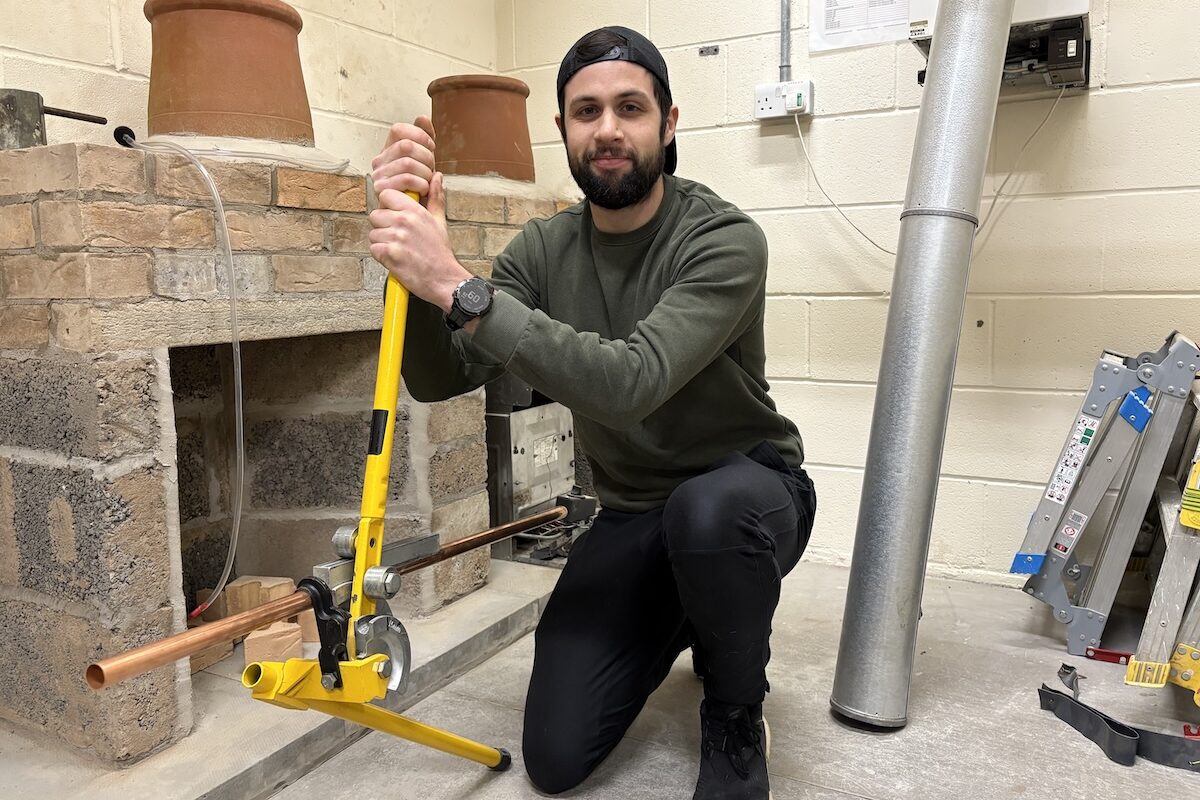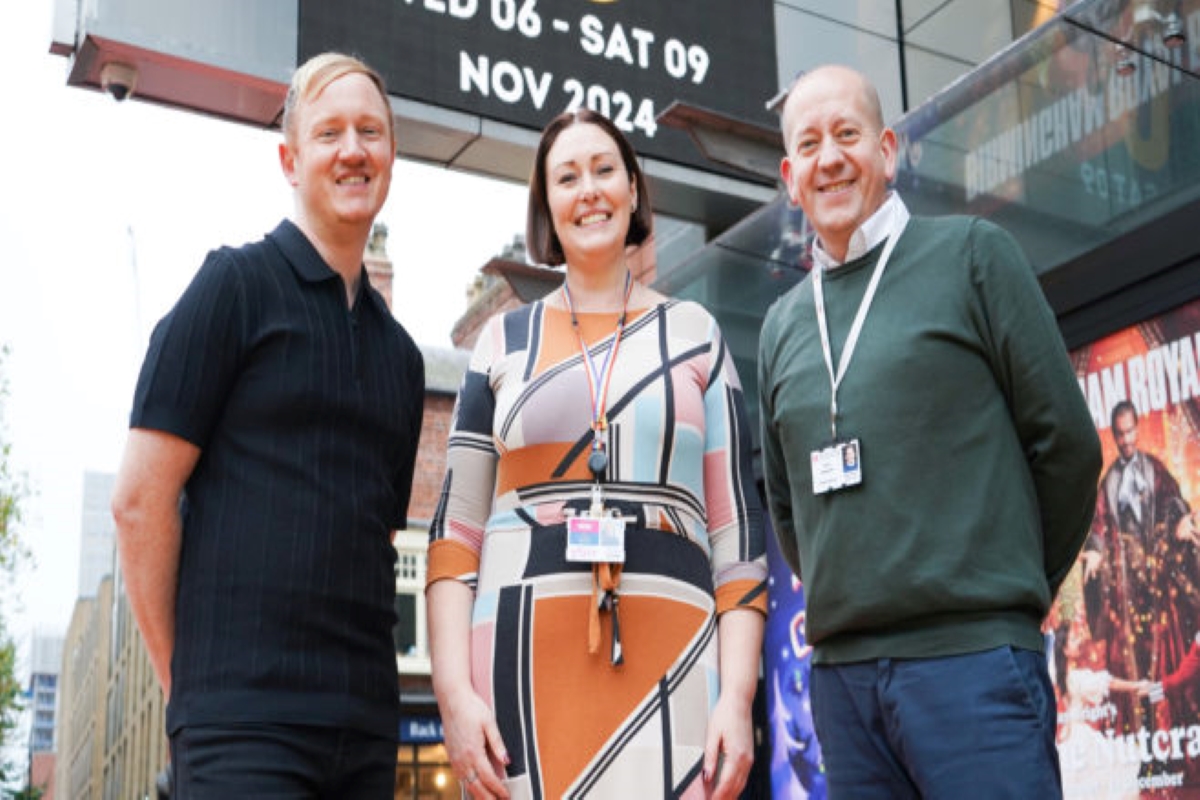Award to research the work of Robert Louis Stevenson in Samoa, Hawai’i and Scotland

A team from the University of Chester and the University of Edinburgh has been awarded just over £1m to research the work of Robert Louis Stevenson.
The UK Arts and Humanities Research Council is contributing £809,000, to underwrite Remediating Stevenson: Decolonising Robert Louis Stevenson’s Pacific Fiction through Graphic Adaptation, Arts Education and Community Engagement, a three-year project in Scotland, Samoa and Hawai’i. Professor Michelle Keown (Edinburgh) will lead the research along with and Dr Shari Sabeti (Edinburgh) and Dr Simon Grennan (Chester).
The project explores the legacies of Robert Louis Stevenson’s Pacific writing, investigating the relevance of his work to contemporary readers in Samoa, Scotland and Hawai’i, and producing new art and poetry inspired by the three short stories published in Stevenson’s 1893 collection Island Nights’ Entertainments. These include The Bottle Imp and The Isle of Voices – both set in Hawai’i – and The Beach of Falesá, rooted in Stevenson’s experience of Samoan culture.
Stevenson’s Pacific work and legacy present a particularly valuable focus of inquiry, given that educational institutions throughout the world are actively engaged in decolonising their curricula. Stevenson became actively involved in supporting Samoan and Hawaiian indigenous sovereignty movements at a crucial period, just before these islands were annexed by the US and Germany. Yet his Pacific fiction, while iconoclastic in featuring indigenous protagonists with considerable agency and dignity and offering a critical proto-modernist analysis of western imperialism, still upholds many of the colonial stereotypes typical of fin-de-siecle western literature.
In partnership with Hawaiian, Samoan and Scottish educators and NGOs (Non-Governmental Organisations), the research will engage directly and extensively with contemporary members of the indigenous communities depicted in his fiction, involving them in every stage of the research process through Community Based Participatory Research.
The research will situate graphic adaptations, and Stevenson’s original stories, within the multimodal context in which Stevenson was working in the late 19th Century, by producing an edited collection of essays, project poetry and interviews with project artists; journal articles; and material on the project website. In particular, the research will analyse the relationship between Stevenson’s fiction and his Pacific travel writing; ethnography; historiography; photography; letters and painting.
Dr Grennan said: “I’m delighted to have the opportunity to work with contemporary Hawaiian and Samoan students, artists and writers over the next three years, to adapt Stevenson’s Pacific stories of the 1890s, building upon existing ground-breaking work – undertaken at Chester – to make graphic adaptations of 19th-century fiction.”
Professor Keown commented: “The project will produce the first ever multilingual graphic adaptation of the three stories from Robert Louis Stevenson’s Island Nights’ Entertainments, commission new poetry by indigenous Pacific authors, and develop a set of accompanying teaching resources for use in Samoa, Hawai’i and Scotland. In addition, it will produce the first ever documentary film exploring contemporary Samoan perspectives on Stevenson and build capacity and confidence among aspiring indigenous creative writers and artists. The project will also support the decolonisation of collections within participating museums by staging an exhibition and linked online event situating Stevenson’s original Pacific publications, letters, photographs and artefacts in new contexts thereby making Stevenson’s work more accessible to a public audience.”











Responses